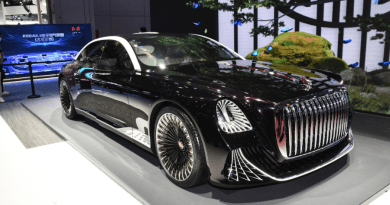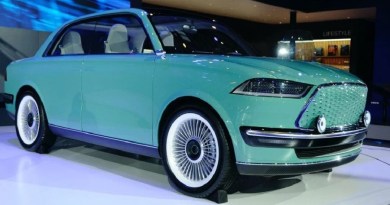Chinese Startup Aiways Teamed Up with Roland Gumpert to Produce Methanol Fuel Cell Vehicles
As the world is slowly phasing out internal combustion engine (ICE) vehicles, more consumers are transitioning into electric vehicles (EVs). When comparing the ICE vehicles to EVs, EVs seem to exceed on all aspects except one – range.
Range anxiety has prevented many people from owning an electric car, myself included. But what if an electric car that could be fueled in under three minutes and has a range of 750 mi (1,200 km) existed, would you be interested?
Gumpert Aiways Automobile’s RG Nathalie is scheduled to enter production in 2021. The world’s first methanol fuel cells electric car.
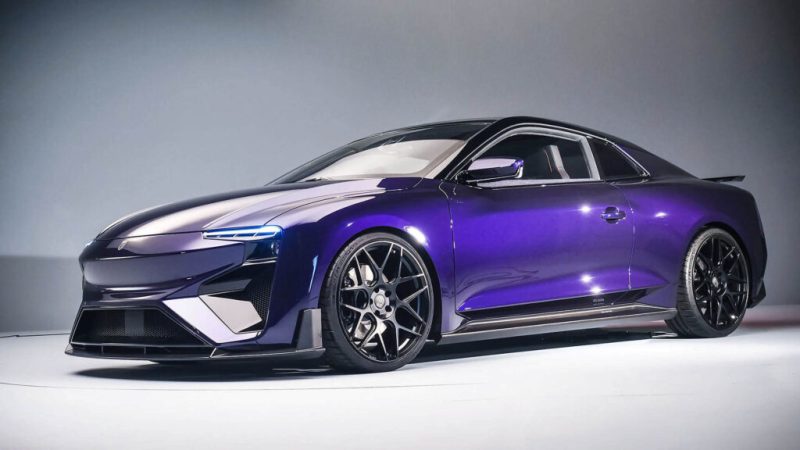
The RG Nathalie by Gumpert Aiways Automobile
Gumpert Aiways Automobile presented the RG Nathalie concept at the Beijing Motor Show in 2018. Gumpert Aiways Automobile is a joint venture between Chinese new energy vehicle start-up Aiways Automobiles Company Ltd (爱驰汽车) and former head of Sport and Special Development at Audi Sport Roland Gumpert. Aiways was founded in Shanghai in 2017 by Fu Qiang (Samuel), a former Volvo sales chief of China and Gary Gu.
Roland Gumpert is also the founder of the sports car manufacturer Apollo Automobil and developed the Nurburgring lap record breaking supercar Gumpert Apollo.
Gumpert Aiways is reimaging an electric sports car using direct methanol fuel cell. The RG Nathalie differs from traditional electric cars, it holds methanol in a tank just like a gasoline car would, and then the methanol is converted to carbon dioxide and hydrogen, then the fuel cell will react with the hydrogen to produce electricity. The car’s by product is just water.
The RG Nathalie has a range of 750 miles in eco mode, and 0 to 62 mph around 2.4 seconds. Power goes through all four wheels and has a combined output of 400 kW (540 hp). The best part is you can “gas” up around 3 minutes.
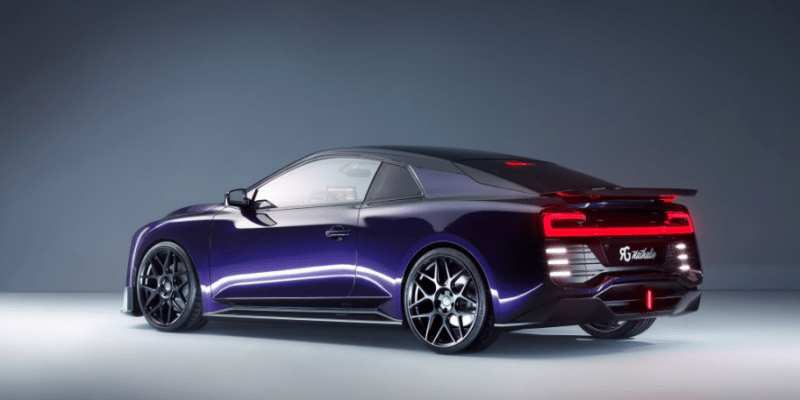
How is the RG Nathalie Different Than a Hydrogen Fuel Cell Vehicle?
How are methanol fuel cells better that the hydrogen fuel cell vehicles you see on the roads today?
Well hydrogen needs special pumps that can take up to 10,000 pounds per square inch of pressure. Shipping, handling, and storage of hydrogen also needs special care.
Methanol, on the other hand, is compatible with our current infrastructure. The majority of our gas stations are compatible with methanol.
This also means that while many electric vehicle companies need to create an infrastructure of charging stations, gas stations could easily start suppling methanol fuel and no new infrastructure would need to be created, making it easier for car owners to find a place to “charge” their vehicles.
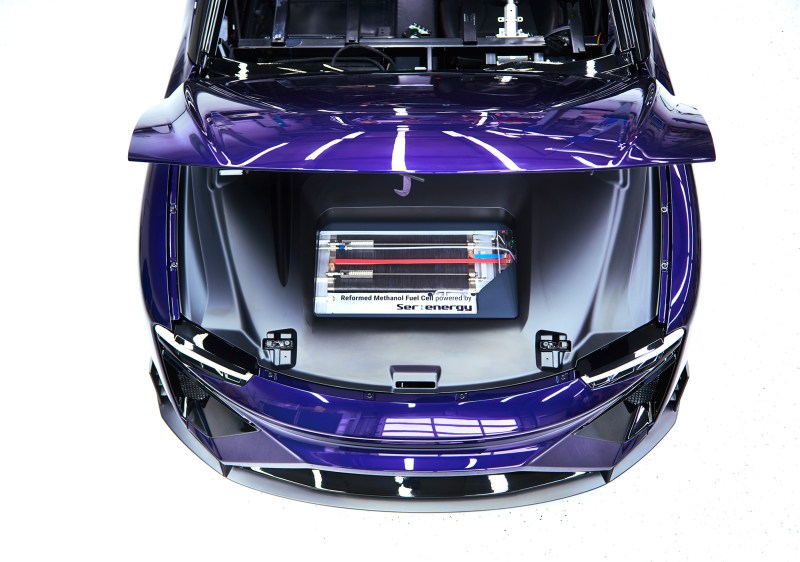
Production Will Quickly Shift to China
The company plans to only produce 500 units of the RG Nathalie in Germany. Then, future models will be made in the company’s state-of-the-art factory in Shangrao, China. The manufacturing plant is estimated to be able to produce 300,000 cars per year.
At the time of this article, there are no other manufacturers developing this technology to a production level. If Gumpert Aiways Automobile can prove to the public this new technology works, and works well in the real world, then with the convenience of methanol fuel, there may be less resistance towards transitioning towards electric vehicles.


